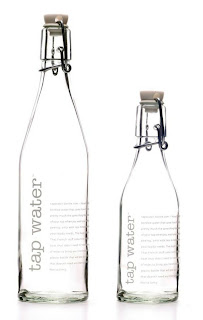1.The nature of your business
Business name
Inkspire
Business activity
Illustration
-Prints
-Clothing
-Stationery
Mission statement
Business objectives
What are you plans to achieve your sales target in the first 12 months?
What new products or services will you introduce in the following two years to grow your business?
What is your long term / 5 year goal?
The people in the business
How many people are employed?
What are their roles?
6. What is the structure of your business?
Describe the organisation – draw a diagram if appropriate
7. What is the legal status of your business?
Is it Limited Company or partnership, social enterprise, cooperative or are you a sole trader?
Why have you chosen this status – what are the advantages
________________________________________________________________________________
2. Resources
1. Products or services
Describe the range of goods/services you are selling
Say what percent of turnover each will provide ( e.g. boutique – 20% clothing, 60% jewellery, 20% hats)
2. What resources do you require?
What equipment do you need (e.g. office equipment and furniture, display and lighting for a shop, studio equipment, company car / van)
How much will these cost ? ( to the nearest £3,000 )
3. How much stock do you need any stock to start your business?
(e.g. clothes for a boutique, food for a café, books for a book shop)
How much will your sales stock cost ? (to the nearest £3,000)
_________________________________________________________________________________
3. Prices
1. How have you worked out your prices?
State what your pricing strategy is
2. How do your prices compare with your competitors?
Name 3 competitors and give evidence of their prices
4. Customers
1. What evidence do you have that anyone will buy your product / service?
Is it a popular product / service currently provided by lots of others
Is your idea completely new?
Is there increasing demand for your product / service?
2. Who are these people?
Use segmentation to describe your typical consumer
If yours is B2B – describe the market sector (e.g. retail, food, leisure, SMEs, local bands, entertainment industry)
3. Where are they?
It may help to include diagrams or maps
4. How many are there of them?
This must be described in numbers form. (e.g. population, tourist visitor numbers, number of local bands, number of retail outlets)
5. Why would they buy from you rather than anyone else?
Provide a SWOT analysis to show that you have analysed your strengths and weaknesses in comparison to your potential competitors
6. How much will the average customer spend with you?
How often will they spend that amount with you?
Will your sales fluctuate due to external forces ( e.g. seasons or cultural / sporting events)
_________________________________________________________________________
5. How will you promote your business?
How will you advertise your products / services?
(advertising is not compulsory)
What other marketing methods would be effective for you?
Personal Selling
Promotions
Public relations
Direct Marketing (Targeted marketing)
Internet
__________________________________________________________________________
6. Total set up costs
Legal costs
What legal costs might you incur in setting up your business, on protecting your intellectual property, registering with Companies House ( if appropriate) or using a solicitor to look at your contracts?
2. Resources
How much Capital expenditure in the first year?
How much will you spend on materials and goods for sale for the first 6 months ( Direct Costs)
How much will be spent on bills and overheads for the first 6 months (Indirect costs)
3. Marketing
Cost of promoting your business for the first year
4. How will you finance the business start up?

























